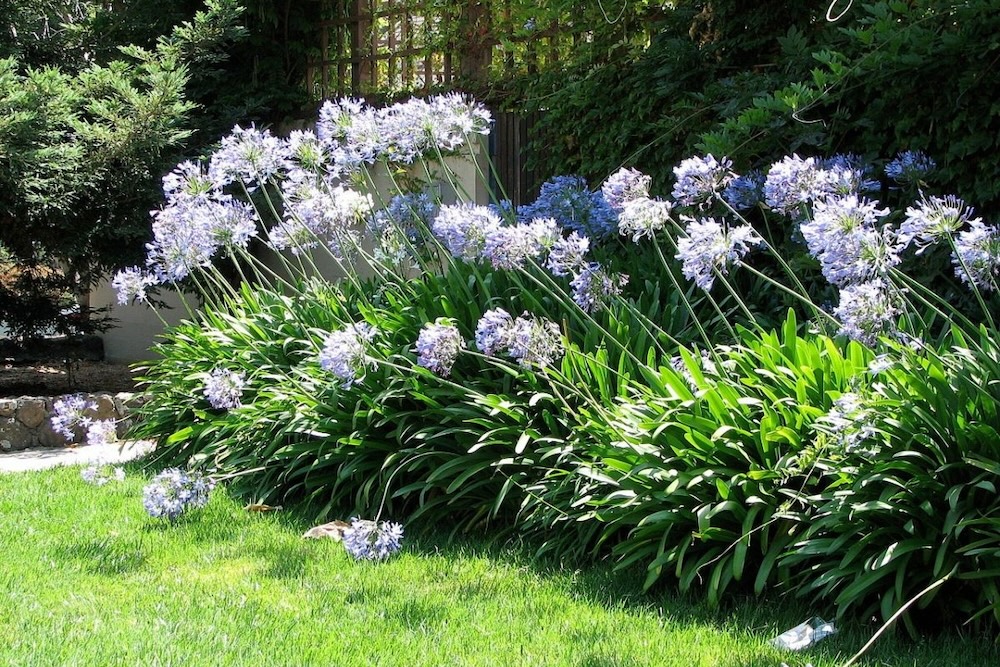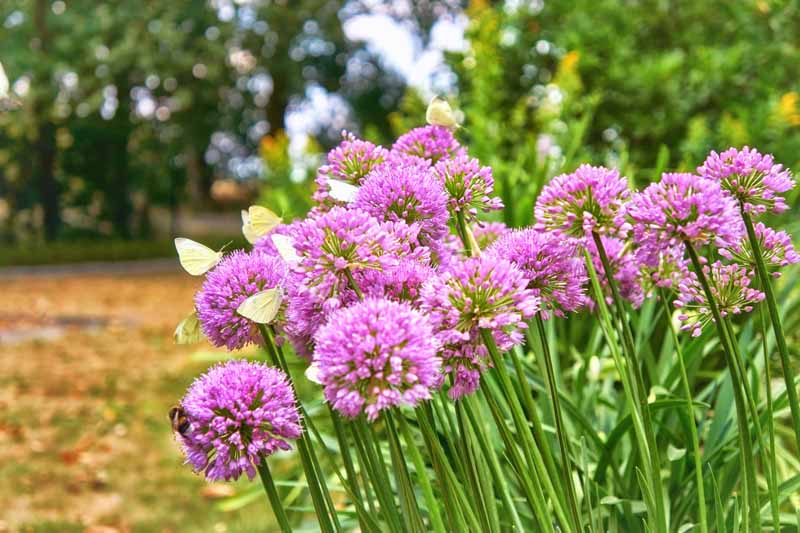Mastering the Art of Agapanthus Treatment: Vital Actions for Healthy Growth and Lively Blossoms
In the realm of horticulture, the farming of agapanthus stands as a fulfilling venture for those that seek to nurture these elegant blooming plants. From selecting the best range to grasping pruning strategies, the trip in the direction of growing prospering agapanthus plants is diverse and holds the essential to unlocking the full capacity of these organic gems.

Choosing the Right Agapanthus Selection

When choosing the right Agapanthus selection for your yard, think about variables such as climate suitability, blossom color, and growth routine. Agapanthus, generally referred to as Lily of the Nile or African lily, is available in a variety of colors varying from tones of purple and blue to white. Pick a blossom color that complements your existing yard scheme to develop an unified landscape. In addition, take into consideration the climate in your area to make certain the Agapanthus selection you pick can prosper in your details problems. Some selections are a lot more tolerant of cool temperatures, while others favor warmer environments. Comprehending the growth habit of different Agapanthus selections is important for correct placement within your garden. Some varieties have a clumping growth behavior, perfect for containers or borders, while others have an even more dispersing nature, appropriate for ground cover or mass plantings. By thoroughly assessing these elements, you can select the best Agapanthus selection to improve the charm of your yard.
Perfect Planting Problems
Thinking about the optimal environmental requirements is important for effective Agapanthus growing. Agapanthus plants are delicate to cool temperatures and ought to be protected from frost during winter season months.
To make certain healthy growth and vibrant blooms, plant Agapanthus bulbs at a deepness of about 2-4 inches and room them 8-12 inches apart. Mulching around the base of the plants aids preserve dampness and reduces weed growth.
Watering and Feeding Tips
Maintaining correct moisture degrees and giving important nutrients are crucial elements in the care regimen for Agapanthus plants. It is vital to strike an equilibrium when it comes to watering Agapanthus. If overwatered, these plants prefer continually damp dirt yet are vulnerable to root rot. Throughout the growing season, water deeply as soon as a week, making certain the soil is well-draining to stop waterlogging. In hotter environments or throughout durations of drought, even more constant watering may be needed to maintain the soil uniformly moist. Nonetheless, minimize watering in the winter season to avoid waterlogged problems.
Feeding Agapanthus is essential for promoting healthy and balanced growth and respected flowers. Use a balanced fertilizer, such as a 10-10-10 formula, in the early springtime as brand-new development arises. Repeat this application every 6-8 weeks throughout the growing season. Prevent too much fertilizing, as it can lead to lavish foliage at the expense of blooms. Always follow the supplier's instructions for correct dilution and application approaches. By following these watering and fertilizing tips, you can ensure your Agapanthus plants grow and produce vibrant, long-lasting flowers.
Trimming Techniques for Agapanthus
Pruning Agapanthus plants at the proper times and with appropriate techniques is critical for keeping their wellness and promoting optimal development and flowering. The excellent time to prune Agapanthus remains in late winter months or early springtime prior to new growth arises. Begin by getting rid of any kind of dead or yellowing fallen leaves near the base of the plant. Cut them as short as possible without harming the emerging shoots.
Deadheading invested flowers can also reroute the plant's power into creating more flowers rather than establishing seeds. If you desire to collect seeds for breeding, leave some flowers to fully grown and dry on the plant.
Keep in mind to make use of clean, important source sharp devices to make precise cuts and minimize the threat of introducing conditions. Agapanthus. Normal pruning will aid keep your Agapanthus looking cool and healthy and balanced while guaranteeing a plentiful display of gorgeous flowers
Dealing With Common Bugs and Conditions
After ensuring appropriate trimming strategies for Agapanthus, it is essential to address common parasites and conditions that can affect the health and wellness and vitality of these plants. One typical pest that affects Agapanthus is the Agapanthus gall midge.
Furthermore, Agapanthus plants can suffer from root rot if they are grown in badly draining pipes soil. By being watchful and taking timely action versus illness and pests, you can assist your Agapanthus plants flourish and generate dynamic flowers. Agapanthus.

Final Thought
Finally, mastering the art of agapanthus care involves selecting the best range, giving excellent planting conditions, appropriate go right here watering and fertilizing, ideal trimming strategies, and addressing usual insects and conditions. By adhering resource to these crucial actions, you can make certain healthy and balanced development and vibrant blossoms for your agapanthus plants. Bear in mind to regularly monitor and keep your plants to advertise their total wellness and durability.
To make sure healthy and balanced development and vivid blossoms, plant Agapanthus bulbs at a depth of regarding 2-4 inches and area them 8-12 inches apart. By following these watering and feeding ideas, you can guarantee your Agapanthus plants prosper and produce vibrant, durable blossoms.
One typical insect that affects Agapanthus is the Agapanthus gall midget. Furthermore, Agapanthus plants can suffer from root rot if they are grown in improperly draining dirt. By complying with these essential actions, you can make sure healthy growth and vivid blooms for your agapanthus plants.